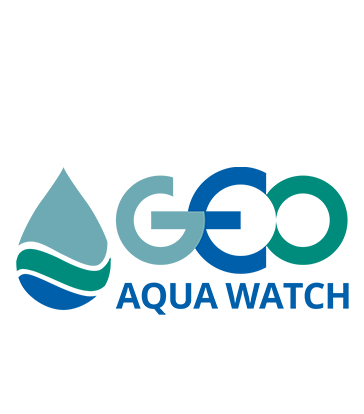PhD opportunity: Water, Climate and Development: Google Earth Engine
This PhD will bring together Earth observation, GEE processing and data analytics. To find out more and apply click here.
Earth observation: The applicant will develop or optimise algorithms for the retrieval of water quality (focusing initially on chlorophyll-a) and water quantity parameters in water bodies identified by GEO Aquawatch and World Bank Group. Algorithm development will be based on optical water type frameworks (Spyrakos et al. 2018) or/and data driven approaches (Spyrakos et al. 2011). Ground data, for the development and validation of the models in these water systems, will be provided by initiatives led by USTIR such as Limnades (https://limnades.stir.ac.uk/Limnades_login/index.php) and Aquawatch (https://www.geoaquawatch.org/). Both Sentinel 2 and LandSat satellites will be exploited to retrieve water constituents. Simulated (Hydrolight) spectra will also be generated to fill gaps in the in situ data record, to contribute to algorithm development and uncertainty characterisation.
GEE: GEE will be used to process large volume of remotely sense data. These will include water quality and quantity parameters but also available data of land cover, catchment and climatic variables. GEE will make it easier to build inventories with high spatial and temporal resolutions, since processing of the often large remote sensing data can be performed in the cloud. It also allows for reanalysis of the data to build climatology.
Data analytics: Innovative tools in environmental data analytics including functional data analysis will be investigated and applied for temporal trend (O’Donnel et al., 2015) and climatology. These data analytics approaches will be applied (and developed) in the R software environment. Non-parametric time series analysis will be used to identify the presence and strength of key underlying long-term patterns in the EO data. Where relevant this analysis will be developed to account for autocorrelation, identify change points and explore patterns beyond the mean, modelling quantiles to assess if changes over time are constant across all levels of the variables of interest.
